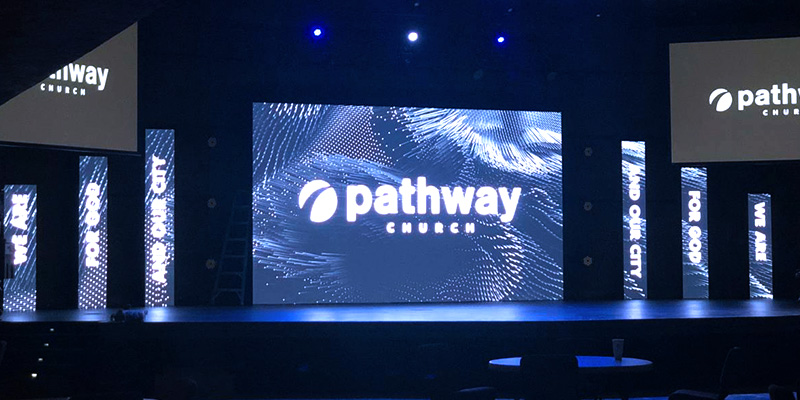The initial step in ensuring color precision is understanding how LED technology works. LEDs, or light-emitting diodes, produce light in various colors by combining red, green, and blue (RGB) light. Each pixel on an LED screen consists of these three hues. When tuned correctly, the combination of RGB can produce a broad range of hues. However, if one hue is too bright or too dim, it can distort the entire display. This is why calibration is necessary to balance the colors and reach the intended graphic effect.
Calibration involves modifying the configurations of the LED wall to make sure that the colors displayed match the initial content as closely as possible. This process typically involves using specialized software and hardware instruments. Technicians frequently use color assessment devices, such as spectrophotometers, to examine the hues being displayed. By comparing the measured colors to standard color values, they can make precise modifications. This ensures that the colors are not only vibrant but also consistent across the entire screen.
Another crucial Get More Information aspect of color precision is understanding the environment in which the LED wall is used. Factors such as ambient light can significantly impact how hues appear. For example, a brightly illuminated room may fade colors, making them look not as lively. To counteract this, technicians may adjust the luminosity and differentiation configurations of the LED screen. Additionally, they may choose specific color settings that are more appropriate for different lighting environments. This flexibility helps preserve color precision irrespective of the viewing environment.

Finally, regular maintenance and re-tuning are essential for maintaining an LED wall looking its finest. Over time, the performance of LEDs can alter due to factors like aging and heat fluctuations. Frequent checks and adjustments can help guarantee that the colors stay accurate and vibrant. By committing time in appropriate tuning and upkeep, venues can provide viewers with stunning graphic presentations that enhance their overall impression. Mastering color accuracy in LED screen calibration is not just a technical job; it is an art that contributes to the wonder of visual storytelling.